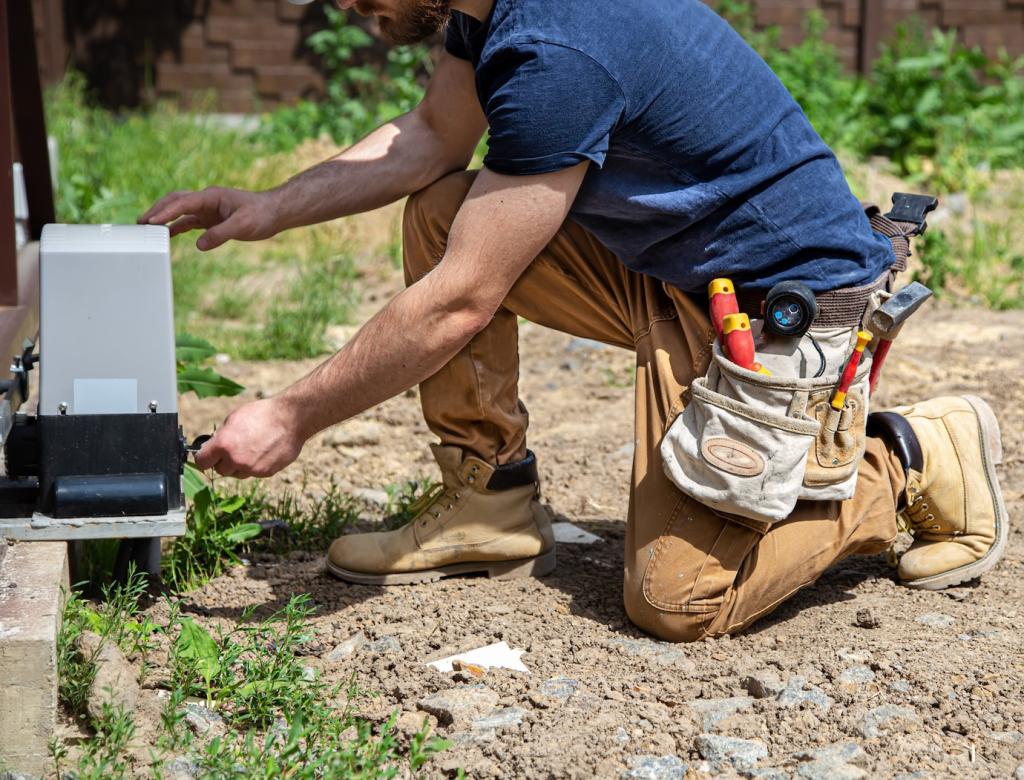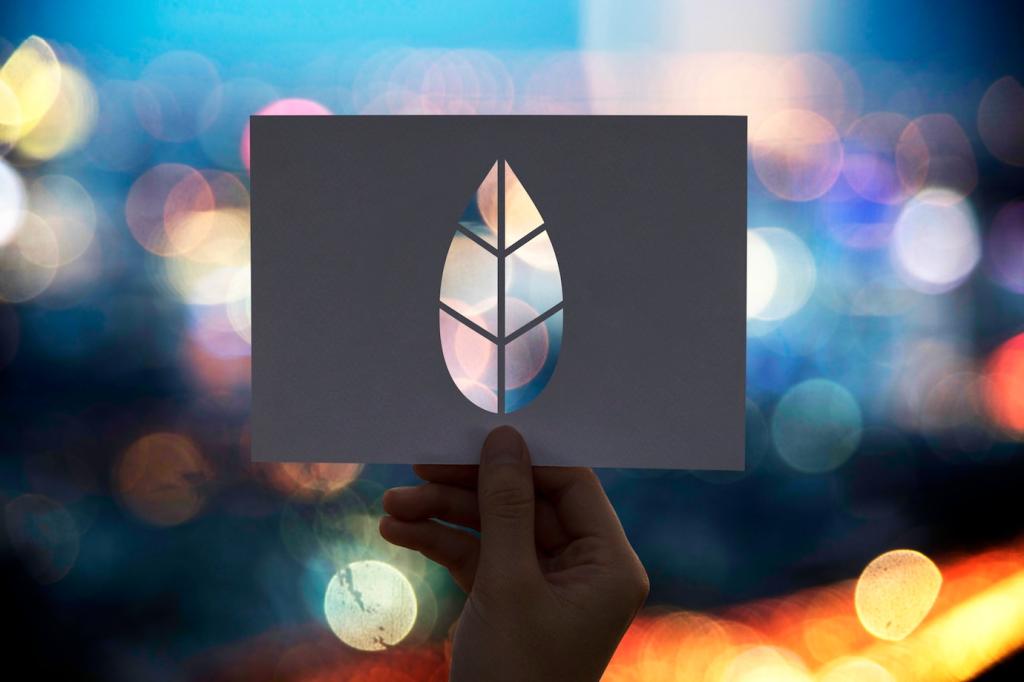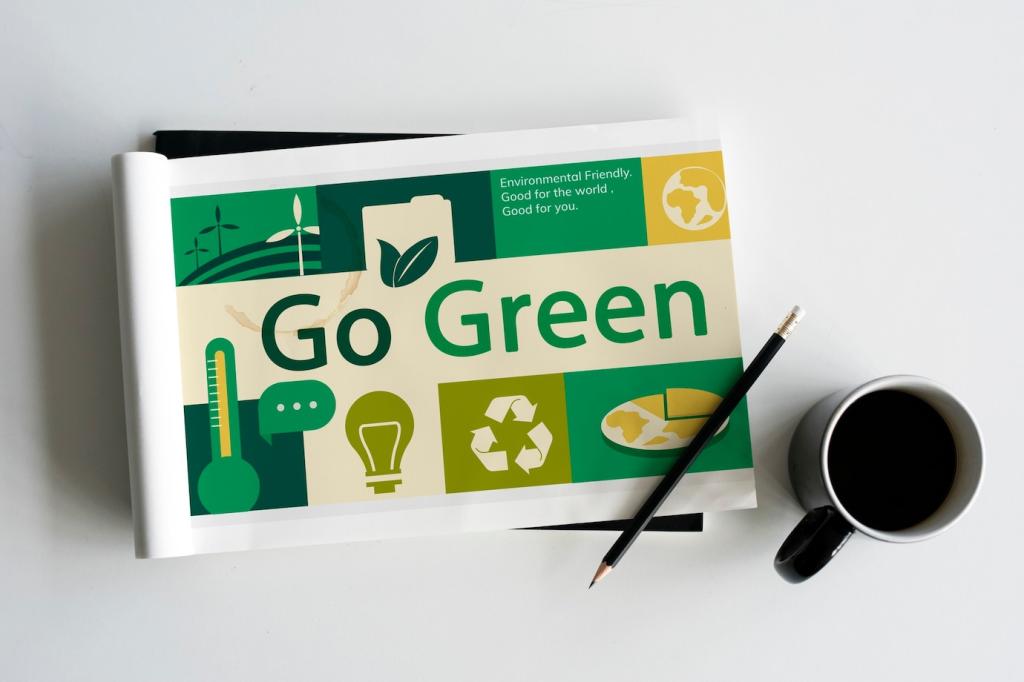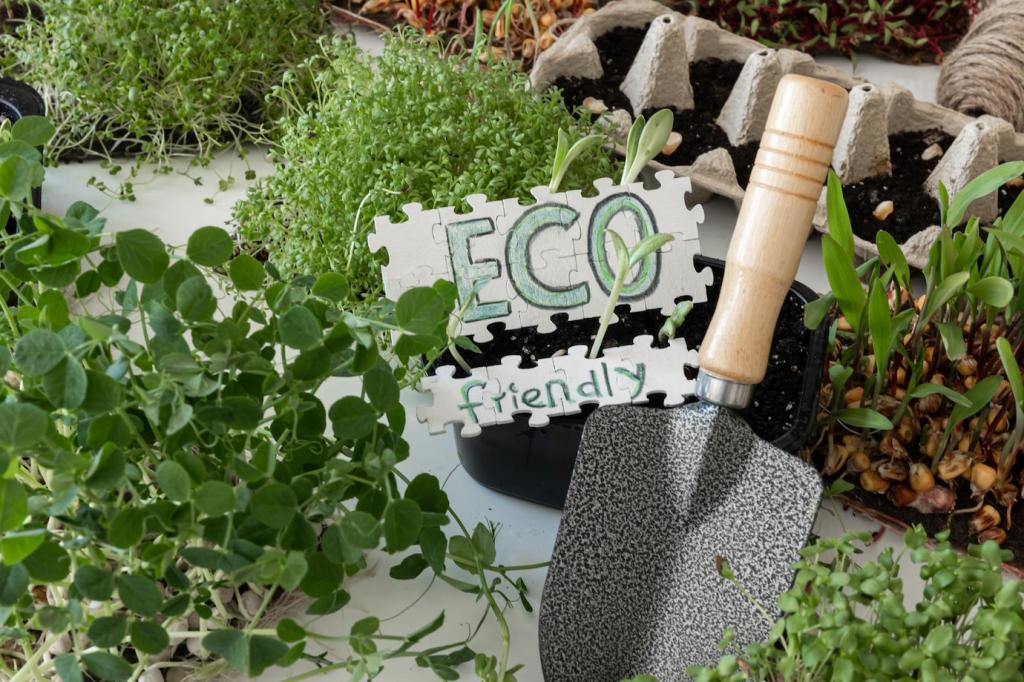
Guide to Environmentally Safe Upholstery Cleaning
Chosen theme: Guide to Environmentally Safe Upholstery Cleaning. Breathe easier, clean smarter, and love your furniture longer with planet-friendly methods that protect your fabrics, your family, and the ecosystems beyond your front door. Subscribe for fresh, practical guidance every week.
Green Chemistry Basics for Upholstery
01
What Makes a Cleaner Eco-Safe
Eco-safe upholstery cleaners rely on biodegradable surfactants, low-odor solvents, and balanced pH to minimize fiber damage and environmental load. They avoid chlorine bleach, optical brighteners, and unnecessary fragrances that linger in indoor air.
02
Certifications and Labels to Trust
Look for Safer Choice, Green Seal, or EcoLogo marks indicating verified formulations and transparent ingredient lists. When in doubt, check a product’s Safety Data Sheet and avoid undisclosed “fragrance” blends that can trigger sensitivities.
03
Why Upholstery Needs Special Care
Upholstery fabrics combine fibers, dyes, and backings that can react to moisture or alkalinity. Gentle chemistry protects colorfastness, preserves textures like chenille or velvet, and keeps adhesives from weakening during cleaning and drying.
Pre-Clean Checklist: People, Pets, and Planet
Ventilation and Setup
Open windows, create cross-breezes, and set up a fan for gentle airflow. This reduces inhalation exposure, speeds drying, and helps you use less product overall, cutting both waste and energy consumption significantly.
Patch Testing Every Time
Test in a hidden area for color transfer and texture changes before full application. A thirty-second blot can prevent dye migration, pile distortion, and needless re-cleaning that wastes water and cleaning solution.
Dry Soil Removal First
Vacuum thoroughly with a soft brush attachment to lift dander, grit, and dust. Dry soil acts like sandpaper during wet cleaning; removing it first reduces abrasion, improves results, and minimizes the product you’ll need.


Stain Scenarios: Coffee, Wine, Ink, and Real Life
Blot immediately with a dry, white cloth to lift liquid before it spreads. Apply the castile solution sparingly, blot again, and finish with a damp water-only blot. Speed matters more than scrubbing here.
Stain Scenarios: Coffee, Wine, Ink, and Real Life
Blot, then apply cool water to dilute. Sprinkle baking soda to draw pigment upward, let sit, and vacuum. If color remains, a second pass with mild soap solution usually clears it without harsh oxidizers.


Low-Moisture and Steam: Methods with Minimal Impact
High-quality microfiber lifts soil mechanically, letting you rely on less chemistry. Lightly mist the cloth, not the furniture, and work in small sections. This approach limits overwetting and speeds drying naturally.
Low-Moisture and Steam: Methods with Minimal Impact
Eco-conscious encapsulation cleaners surround soil in a brittle film that vacuums away after drying. Choose low-VOC, biodegradable formulas and follow label dwell times to reduce repeat passes and unnecessary chemical usage.
Aftercare: Drying, Odor Control, and Protection
Blot with clean, absorbent towels, then position a fan to move air across—not into—the fabric. Quick drying prevents musty odors, protects adhesives, and reduces the need for perfumed “cover-up” sprays.

Aftercare: Drying, Odor Control, and Protection
Open windows whenever possible and avoid heavy fragrances. For lingering smells, reapply baking soda or try an enzyme-based, plant-derived deodorizer designed for textiles, always patch testing to confirm colorfastness and surface compatibility.
A Story from the Sofa: One Chair, Many Lessons
When my neighbor spilled coffee on her grandmother’s heirloom chair, panic set in. We breathed, blotted, patch tested, then used castile solution. Ten careful minutes later, the stain faded and the story endured.

